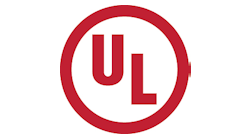In a competitive market, it is important to find a differentiator for your products, and often a competitive advantage is sought through adding smart features and connecting products to business networks or the internet. However, as new features and connections are added, the security of such systems is often degraded.
Additionally, the security of connected products is increasingly becoming a matter of organizational and even national interest. Malware that can take control and subvert the operations of connected systems has been used to launch some of the largest attacks ever seen on the internet. The connected nature of these systems also means security must be considered for any apps that run on separate systems, such as cloud services and consumer phones.
Of course, fitting security into increasingly tight time and budget requirements for product development can be difficult.
Fortunately, there are some simple steps that can be taken to increase the security of connected systems. These outlined steps are organized with the most important requirements first, and it is recommended that these are addressed as the initial priority for all aspects within a system – product, system, cloud and app.
This white paper is sponsored by UL.
